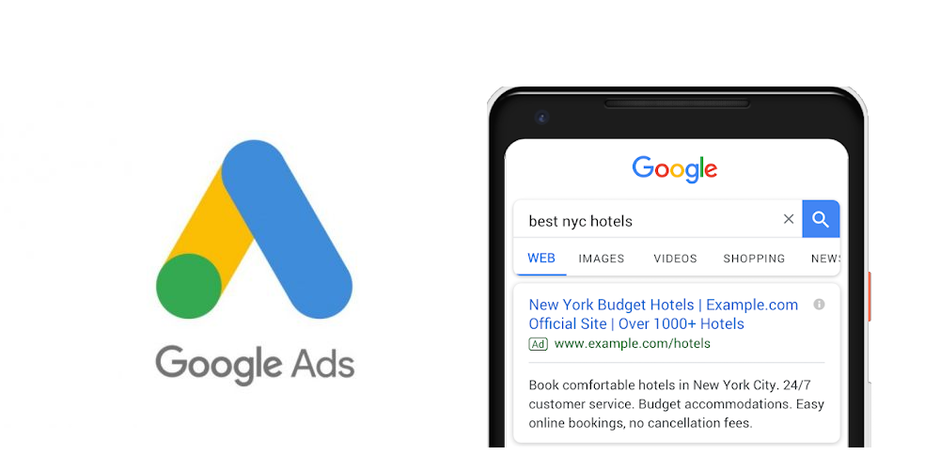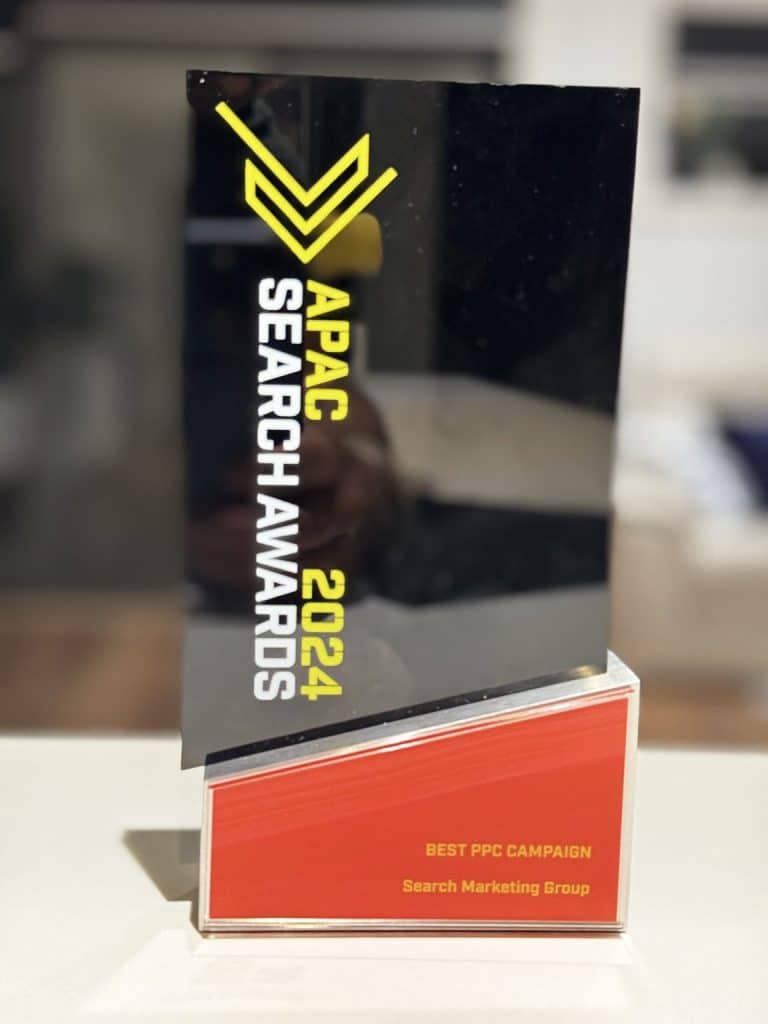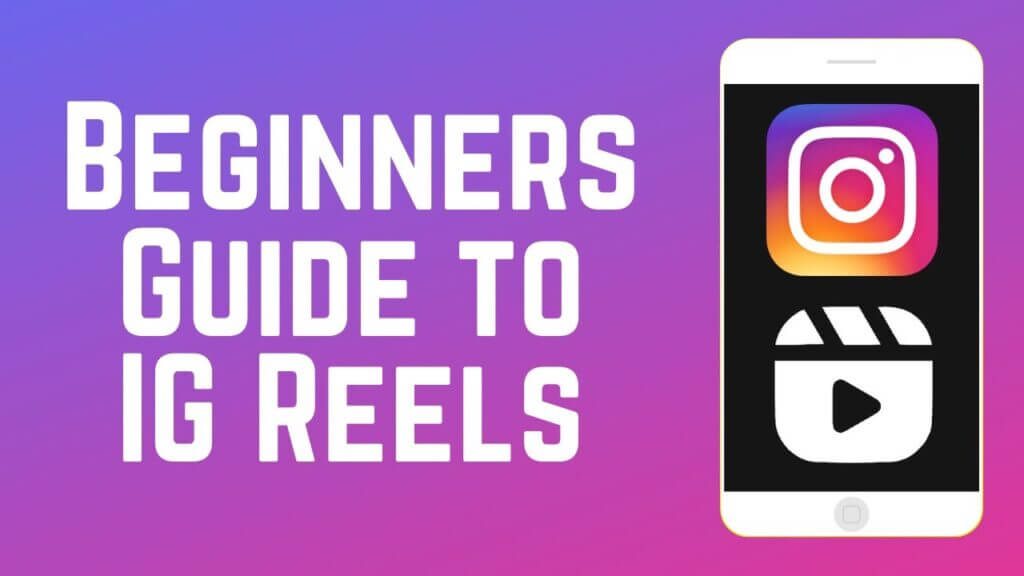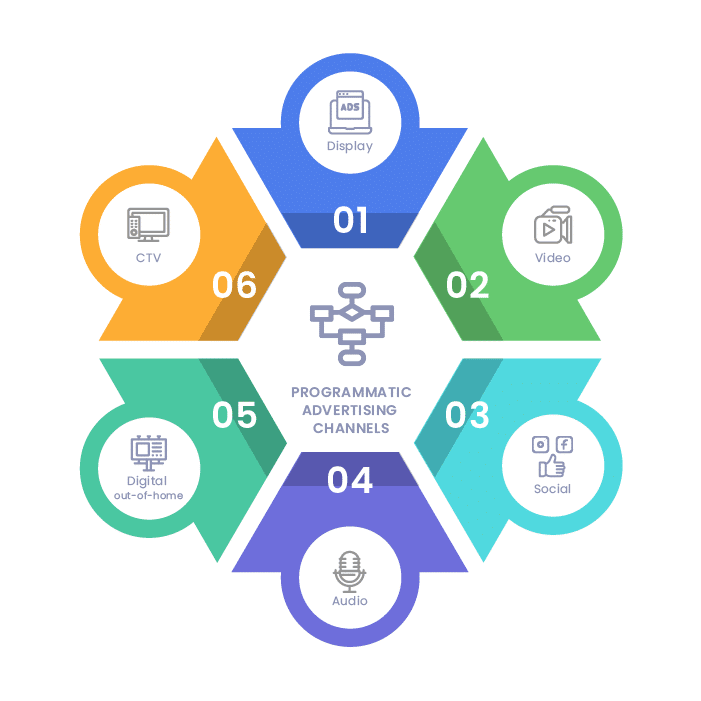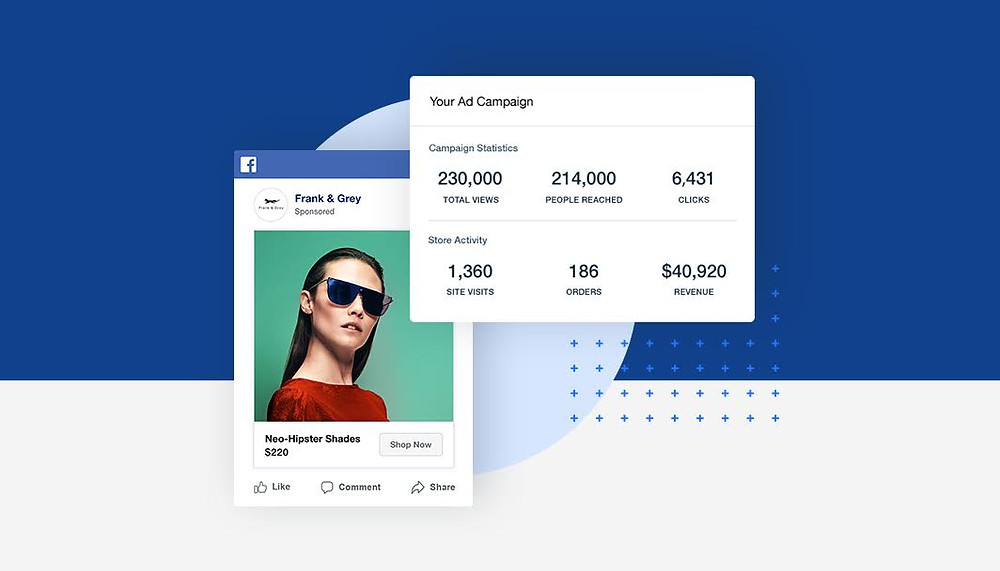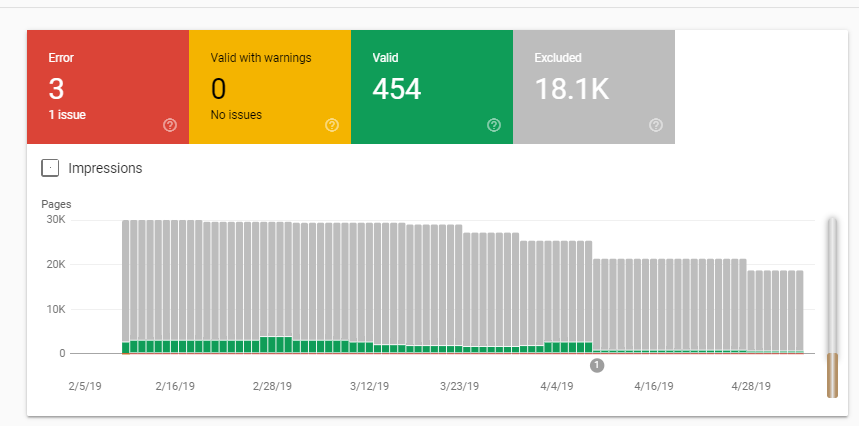Starting in June 2022, you’ll no longer be able to create or edit your expanded text ads on Google. Instead, Google is now prioritizing responsive search ads.
As responsive ads have been Google’s default since last February, you may have already dabbled with them. But today, we’re going to do a deep dive into everything you need to know about the world of responsive search ads:
- What they are
- Why they’re great for your business
- How can you create a perfect one
What are responsive search ads?
Currently, there are two types of search ads you can use: responsive and expanded.
The more traditional expanded text ads are static – you create up to 3 headlines and 2 descriptions, and the ad will be shown to the user exactly as written.
On the other hand, responsive ads are a more flexible format that allows you to adapt to users and show them the most relevant ad. Although the format is the same as expanded text ads – a user will see up to 3 headlines and 2 descriptions – you can create up to 15 headlines and 4 descriptions, which can be shown. This means there are 43,680 possible permutations.
You can use expanded text ads until June 2022, and any that you have running will still be shown to users afterward. However, you cannot create expanded text ads or edit existing ones.
Benefits of responsive search ads
There’s a reason so many people love responsive ads and that Google has chosen to double down on them going forward.
Below are some of the best benefits of using responsive search ads for your business.
- Your ads can adapt to the width of a user’s device, meaning your message won’t be lost for mobile users. With almost 80% of Australians using their mobile phones for product research, you can give your brand the best chance at convincing your prospect.
- Google uses an algorithm to determine which of your headlines and descriptions are the most likely to meet a user’s needs. This means you’ll be able to better target your audience without creating lots of ads.
- You’ll get a better ROI for your ad spend – according to Google, businesses may see 5–15% higher CTR compared to standard search ads.
How to create a responsive search ad that converts
Want to create a tremendous responsive search ad for your business? Here’s how to get started.
1. Create a new responsive search ad
You can do this by clicking Ads & Extensions, the plus button, and selecting Responsive search ad.
2. Decide on your final URL and display path text
This will be the URL of your landing page. Display path text shows the user where they will land in terms of the structure of your website, as shown by this example from Google:
At this point, you should see a preview of your ad, but keep in mind that the combinations of headlines and descriptions you’ll add will be just a few of the possibilities users may see.
3. Create your headlines
This is the most essential part of your ad – the first thing users will see.
Each headline can have up to 30 characters. With responsive ads, you can create up to 15 headlines, but only the three most relevant will be displayed.
If there’s a specific headline you always want a user to see – say, the one that includes your business name – you can pin it in a specific position. However, this will limit your number of ad combinations.
Some other things to remember:
- You’ll want to include your keywords in at least 2 of your headlines, but don’t overstuff.
- Aim to have at least 3 headlines without keywords highlighting your business’ value proposition.
- Avoid the same call to action or language in each headline – otherwise, things will get repetitive.
- Try different angles and offers – this is a great chance to test your audience’s response.
4. Create your descriptions
Each description can have up to 90 characters. You can create four descriptions for your ads, though only two will be displayed. Again, you can pin descriptions that you want the user to always see – a disclaimer, for example.
Remember:
- Ensure your descriptions include a call to action – what you want the user to do next.
- You don’t have to fill up the 90 characters. It can be helpful to experiment with different description lengths.
- Each description should make sense in isolation. You don’t know which order it will appear in.
Important considerations when creating your responsive ad
Use the right keywords
Like everything else in the digital marketing sphere, a good, responsive ad relies on the keywords you use. No matter how good your copy is, it won’t work if you’re not targeting the right searchers.
Start with a keyword research tool like Google Keyword Planner and find out which keywords you want to target based on volume, competition, and cost-per-click (CPC).
You can also use Dynamic Keyword Insertion, which allows you to insert a keyword that matches a user’s search terms.
Nail your landing page.
Don’t just send all your traffic to your home page. By designing a landing page that reflects your ad’s language, offer, and call to action, you match your audience’s expectations and have a greater chance of keeping them around long enough to convert.
Increase your ad strength.
As you create your ad, you’ll see your Ad Strength and some recommendations. Keep these in mind and try to improve accordingly.
More is better
Google gives you the option to test 15 different headlines and 4 different descriptions – use it! By having more options, Google will be able to create more variations that will appeal to users.
Iterate
Responsive text ads are an excellent opportunity to see what works and what doesn’t. Review your ads regularly and see which headlines and descriptions are resonating with your audience.
Need some help with your responsive search ads? Talk to our Google Ads specialists today and find out how you can create a winning campaign. As a Google Premier Partner, we can create ads tailored to the platform in accordance with all guidelines and best practices.


